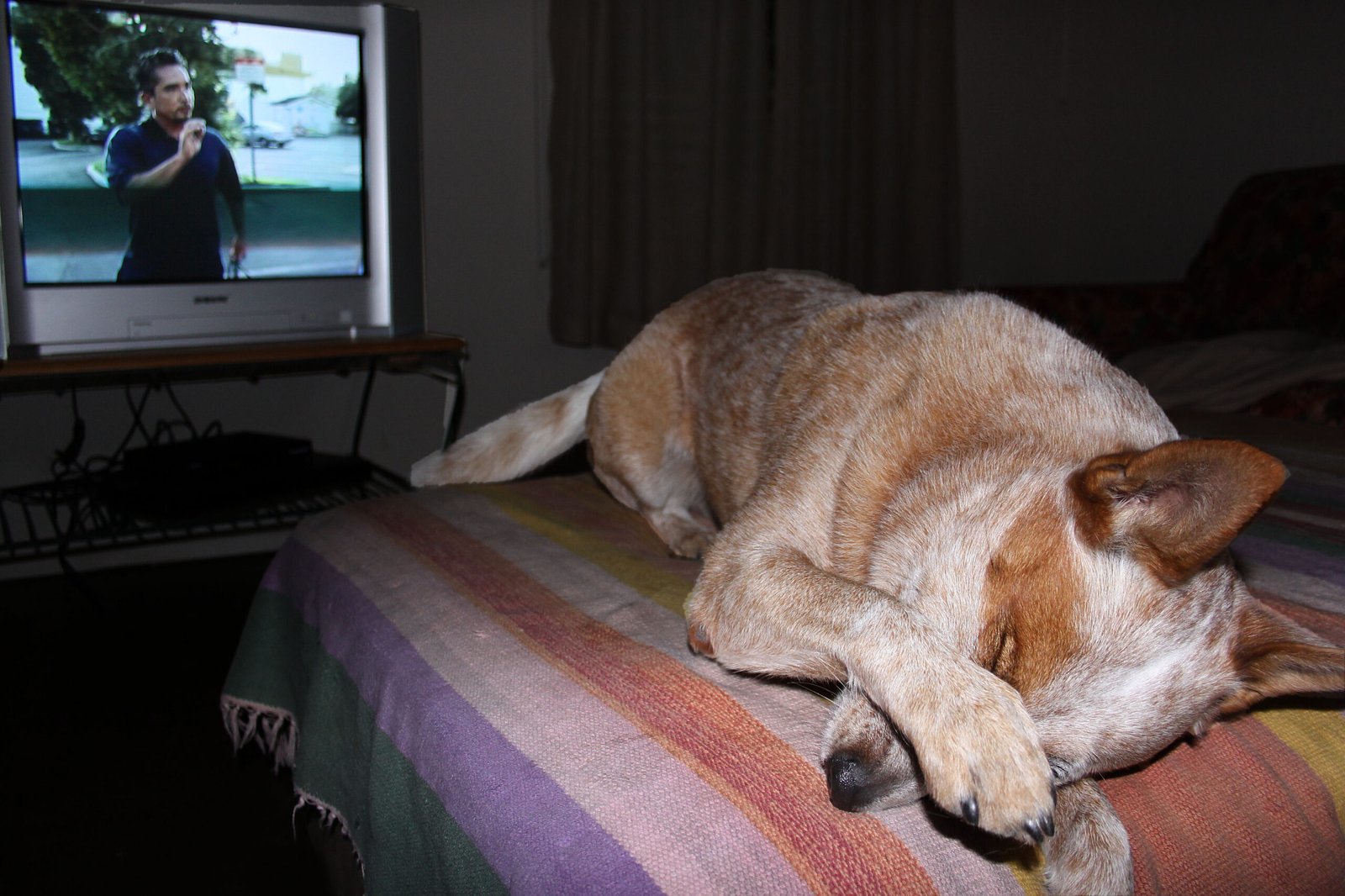Leaving your furry friend alone at home can be a nerve-wracking decision. As much as we want to be with our dogs every minute of the day, life often demands otherwise. But how long is too long to leave a dog by themselves? This question might seem simple, but the answer is anything but. Let’s dive into the emotional world of our loyal companions and explore the factors that determine how long they can be left alone.
Ever wonder how long your dog can really be left alone without feeling lonely or stressed? The answer depends on factors like their age, breed, and personality. Puppies and high-energy breeds often need more interaction and potty breaks, while older or more laid-back dogs might be okay for longer stretches. Still, most dogs do best with company, mental stimulation, and a routine they can count on. Understanding your dog’s needs helps prevent anxiety and keeps their tail wagging—even when you’re away for a bit.
Understanding Your Dog’s Needs
Every dog is unique, and their ability to stay alone depends largely on their individual needs. Imagine a toddler being left alone; much like small children, dogs crave attention and companionship. They need regular feeding, exercise, and mental stimulation. Some dogs might be content lounging around the house, while others might need constant interaction. It’s essential to understand your dog’s specific needs to ensure their well-being when you’re not around.
The Role of Age in Alone Time
Age plays a significant role in determining how long a dog can stay alone. Puppies, for instance, require a lot more attention than adult dogs. Much like infants, they need frequent meals, potty breaks, and lots of playtime. As dogs mature, they generally become more independent. However, senior dogs might need extra care and attention due to health issues. The age of your dog is a crucial factor in deciding how long they can comfortably be left alone.
Breed-Specific Considerations

Different breeds have different temperaments and energy levels. A lively Border Collie might become anxious and destructive if left alone for too long, while a laid-back Bulldog might enjoy the solitude. Breeds that are known for their social nature, like Golden Retrievers, typically require more human interaction. Understanding the characteristics of your dog’s breed can help you gauge their tolerance for being alone.
Behavioral Signs of Distress

Dogs often communicate their discomfort through behavior. If your dog becomes destructive, barks excessively, or has accidents in the house when left alone, they might be experiencing separation anxiety. These signs are not just nuisances; they are cries for help. Paying attention to these behaviors can guide you in adjusting their alone time and finding solutions to keep them content.
Creating a Safe Environment
Leaving a dog alone doesn’t mean they should be left in a barren environment. Ensuring that your dog has a safe and stimulating space can make a world of difference. Provide toys, a cozy bed, and access to food and water. You might also consider leaving a piece of your clothing with them for comfort. Creating an environment that mimics companionship can help ease their loneliness.
The Impact of Routine
Dogs thrive on routine. Establishing a predictable schedule for feeding, walking, and alone time can help your dog feel secure. Just like humans, dogs find comfort in knowing what comes next. A consistent routine can alleviate anxiety and make the time spent alone more manageable for your furry friend.
Utilizing Technology for Companionship
In today’s digital age, technology can be a great ally in keeping your dog company. Pet cameras allow you to watch and communicate with your dog remotely. Automated feeders and interactive toys can keep them engaged. Using technology can bridge the gap of your absence and provide some level of interaction while you’re away.
Professional Care Options

If your lifestyle demands long hours away from home, professional care options might be worth considering. Dog walkers, pet sitters, or doggy daycare can provide the necessary attention and companionship your dog craves. These services ensure that your dog gets the exercise and social interaction they need, alleviating the stress of being alone.
Training for Independence
Training your dog to be comfortable alone is a gradual process. Start by leaving them for short periods and gradually increase the duration as they become more comfortable. Positive reinforcement, like treats and praise, can help them associate alone time with good things. Training your dog to be independent is a gift that will benefit both of you in the long run.
Listening to Your Dog’s Needs
Ultimately, the best guide to determining how long your dog can stay alone is your dog themselves. Their behavior, health, and happiness are the most reliable indicators. By tuning into their needs and adjusting accordingly, you can ensure that your dog remains content and healthy, even when you’re not around.
In conclusion, while there is no one-size-fits-all answer to how long a dog can be left alone, understanding their unique needs, behaviors, and preferences will guide you. Remember, your dog’s well-being is in your hands. So, how long do you think your dog can stay alone comfortably?





